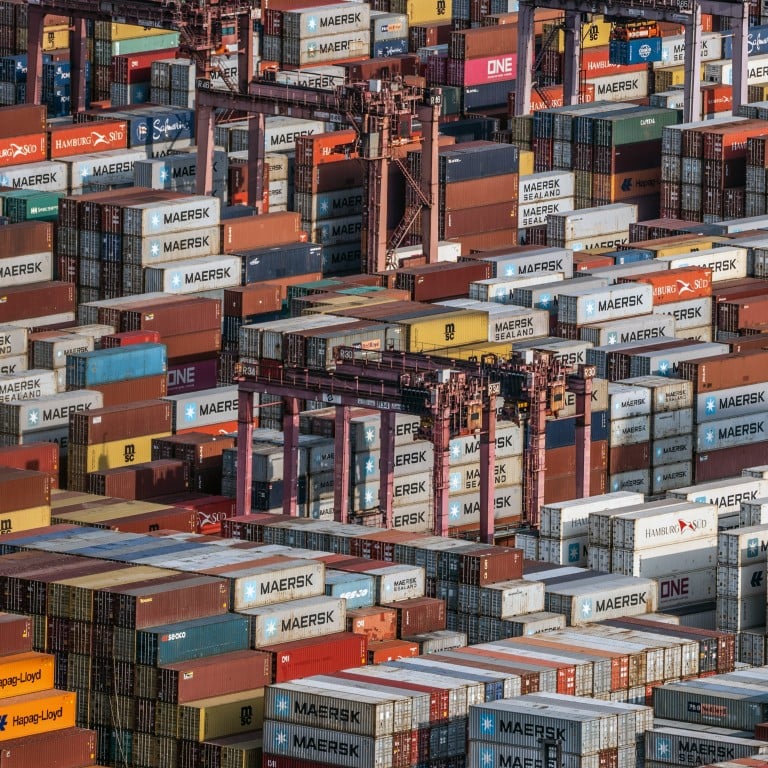
Time for Hong Kong logistics to shine amid supply chain woes
- As the neutral Hong Kong shipping flag becomes an increasingly attractive option amid Red Sea attacks, the city should grow its own logistics brand
- This would involve seamlessly linking up its maritime and air cargo sectors, and cultivating connections with belt and road countries such as Djibouti
This can help to ensure sustainable growth and development and boost Hong Kong’s role as a global facilitator.
Against such a backdrop, Hong Kong’s Marine Department could promote the city’s shipping registry as an attractive option for vessels looking to sail under a neutral flag.
The Hong Kong Shipping Registry is included in the premium white lists of the Paris Memorandum of Understanding on Port State Control and the Tokyo MOU on Port State Control in the Asia-Pacific, as well as in the United States Coast Guard’s Qualship 21 programme, which identifies high-quality flag administrations and ships.
These indicate that ships flying under the Hong Kong flag are safe and have a low detention rate – a confidence boost for shipowners. And the registration fee is relatively low.

Indeed, Hong Kong should work to seamlessly link up its maritime sector with its air cargo industry to cultivate a distinct “Hong Kong Logistics” brand built on greater efficiency and competitiveness.
Hong Kong can ride waves to once again become top maritime centre
But what Hong Kong really needs is an advanced and all-encompassing development of its logistics infrastructure and the establishment of a “Hong Kong Logistics” brand.
Such a brand would facilitate more efficient, cost-effective and high-quality connections and present Hong Kong logistics as a strong option in the changing geopolitical landscape with the potential to facilitate bridge-building and help ensure the resilience of global supply chains.
This would involve exploring a multimodal logistics supply chain, including the use of railways, land crossings, feeder shipping lines and air routes in the region. Extensive relationships should also be forged with key regional players and beyond.
With global shipping under pressure and the world’s supply chains fraying, Hong Kong logistics could emerge as a solution to ease global transport stresses.
For Hong Kong to achieve this, maintaining friendly relationships with key players in the region would be critical, as are, of course, the city’s efforts to improve and reinvent itself while preserving its identity as a global, open and free city during these trying times.
Neville Lai is an independent international affairs strategist focusing on East Asia


